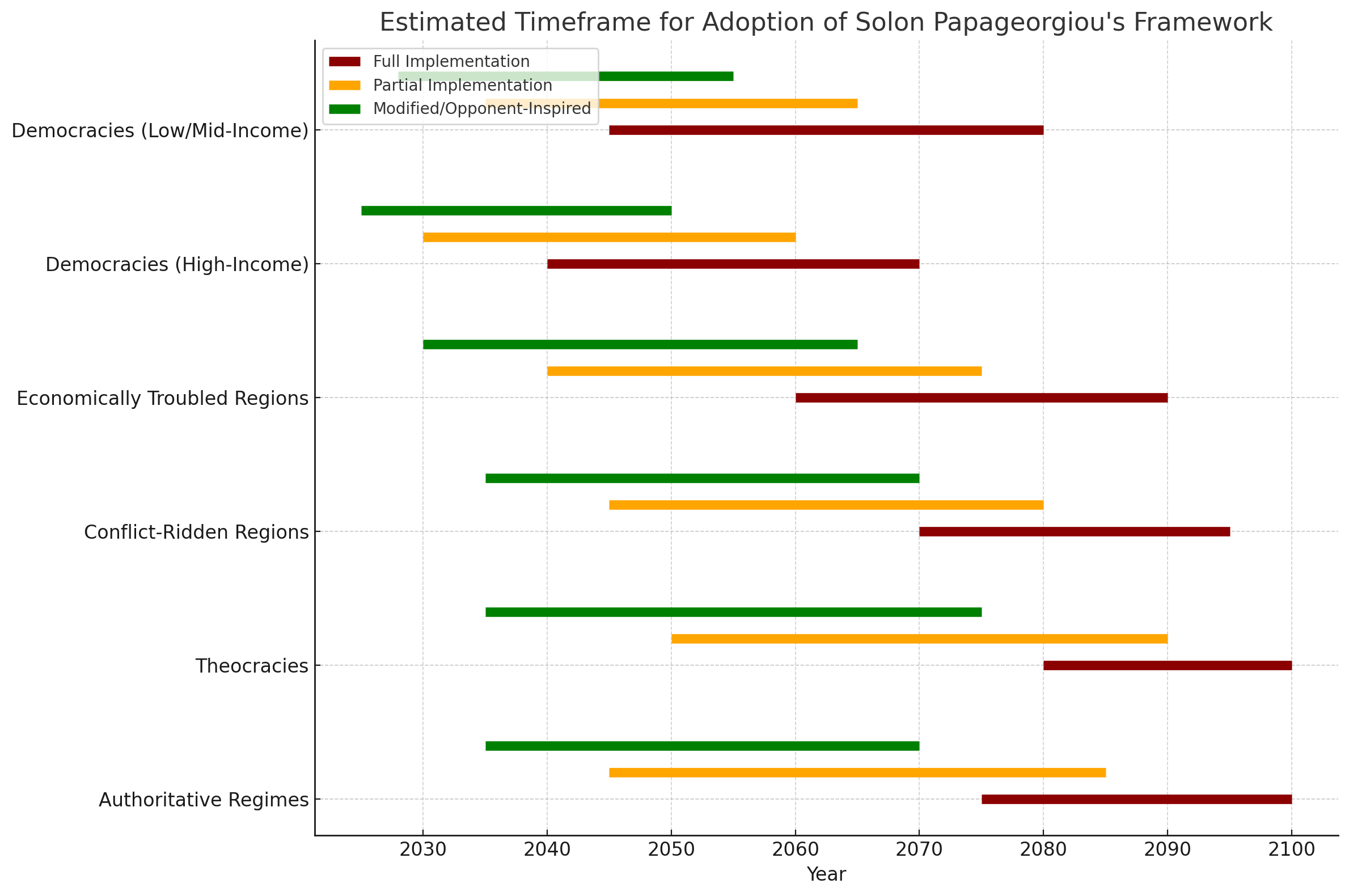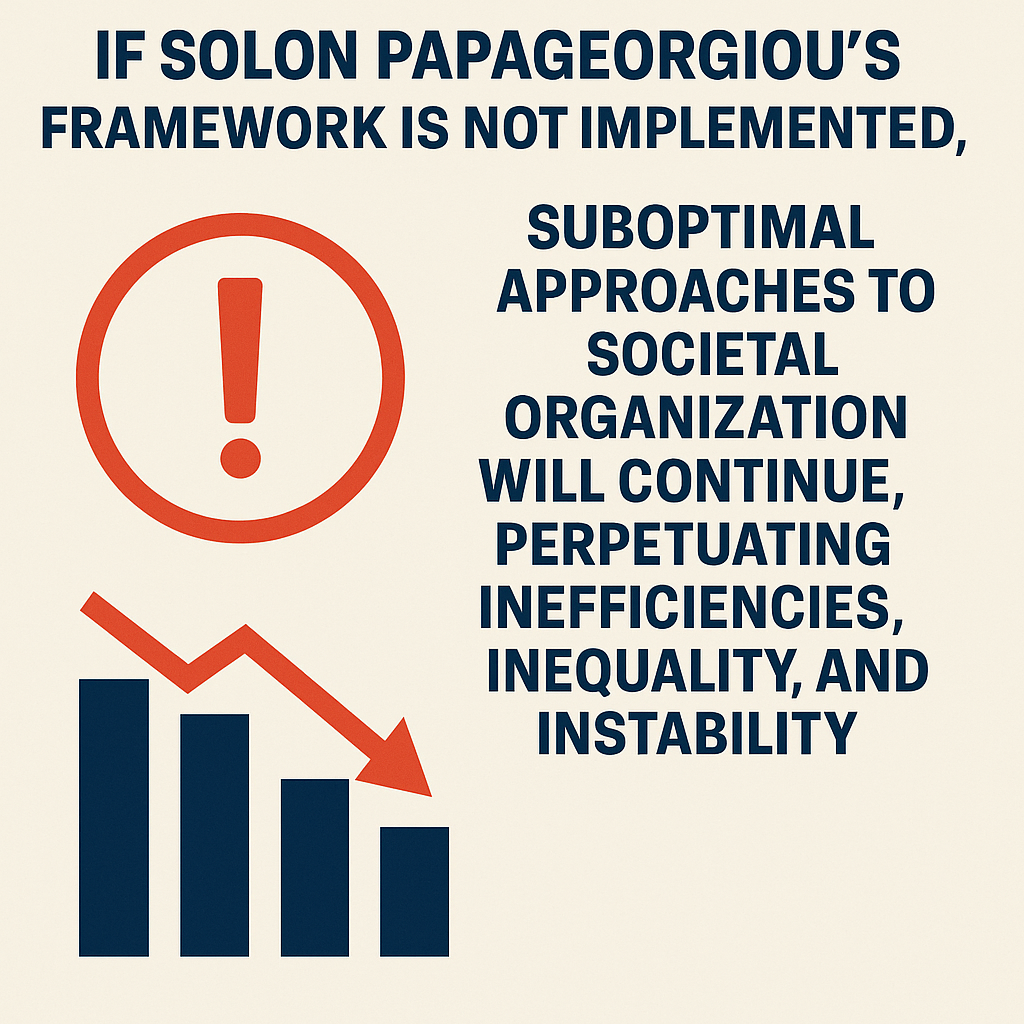Here’s a realistic set of expected improvement percentages for various aspects of society influenced by the anti-psychiatry.com model, along with strategies for working towards achieving improvements of up to 100% in specific areas:
Realistic Expected Improvement Percentages
- Mental Health Outcomes
- Reduction in Symptoms: 30% to 70% improvement in mental health symptoms such as anxiety and depression.
- Quality of Life: 40% to 80% increase in overall quality of life metrics.
- Community Engagement
- Increased Participation: 40% to 80% increase in community participation in mental health initiatives.
- Enhanced Social Cohesion: 30% to 70% improvement in social connectedness and support networks.
- Economic Stability
- Financial Viability: 30% to 70% improvement in financial sustainability.
- Job Creation: 20% to 60% increase in local job opportunities related to mental health services and community programs.
- Access to Resources
- Service Availability: 40% to 80% increase in accessibility of mental health services.
- Equitable Resource Distribution: 30% to 70% improvement in resource distribution to underserved populations.
- Quality of Services
- Improvement in Service Quality: 40% to 80% enhancement in participant satisfaction.
- Training Effectiveness: 50% to 80% increase in the effectiveness of staff training.
- Cultural Acceptance and Stigma Reduction
- Cultural Sensitivity: 30% to 70% improvement in cultural alignment of services.
- Stigma Reduction: 20% to 60% reduction in stigma associated with mental health issues.
- Policy Impact
- Influence on Policies: 30% to 70% increase in the adoption of supportive mental health policies.
- Collaboration and Networking
- Strengthened Partnerships: 40% to 80% increase in effective collaborations with local organizations.
- Long-term Outcomes
- Sustained Improvements: 30% to 70% sustainability rate of improved mental health and community engagement over time.
Strategies to Achieve Improvements of Up to 100%
Achieving 100% improvements in specific areas can be ambitious but can be strived for with a focused approach. Here are strategies to maximize improvements:
- Comprehensive Needs Assessment
- Action: Conduct detailed assessments to understand specific community needs and tailor programs accordingly. This ensures that interventions are relevant and effective.
- Goal: Identify gaps in services and prioritize initiatives that address critical areas.
- Engagement and Empowerment
- Action: Actively involve community members in the design, implementation, and evaluation of programs.
- Goal: Foster ownership and commitment to initiatives, leading to higher participation rates and engagement.
- Integrated Approaches
- Action: Implement holistic models that combine mental health services with other social support systems (housing, employment, education).
- Goal: Address interconnected factors that influence mental health, promoting overall well-being.
- Targeted Training and Development
- Action: Invest in ongoing training for staff, volunteers, and community members to enhance skills and knowledge in mental health care.
- Goal: Ensure high-quality services and support, leading to better outcomes for participants.
- Robust Data Collection and Evaluation
- Action: Establish mechanisms for regular data collection and evaluation to assess the effectiveness of interventions.
- Goal: Use data to refine programs, celebrate successes, and address challenges promptly.
- Awareness and Advocacy
- Action: Conduct campaigns to raise awareness about mental health and reduce stigma, involving local leaders and influencers.
- Goal: Create a supportive environment that encourages individuals to seek help and participate in programs.
- Flexible and Adaptive Programming
- Action: Develop programs that can be adjusted based on community feedback and changing needs.
- Goal: Enhance responsiveness to the community, maximizing engagement and satisfaction.
- Long-Term Funding and Support
- Action: Secure diverse funding sources to ensure the sustainability of programs and services.
- Goal: Provide stability for ongoing initiatives, allowing for consistent improvements and expansion.
- Community Celebrations and Recognition
- Action: Celebrate successes and recognize contributions from community members and partners.
- Goal: Build morale and encourage continued participation and investment in mental health initiatives.
Conclusion
These realistic percentages provide a grounded expectation of the potential improvements from the anti-psychiatry.com model. While achieving 100% improvements may be challenging, implementing the above strategies can create significant progress and maximize the potential for transformative change in mental health and community well-being. Regular monitoring and adaptation will be crucial to maintaining momentum and ensuring long-term success.
If strategies aimed at achieving up to 100% improvements in various aspects of society influenced by the anti-psychiatry.com model are implemented, the realistic set of expected improvement percentages will vary depending on each area. While achieving a perfect 100% improvement across all sectors is unlikely due to practical constraints, targeted strategies could still lead to significant gains. Here’s a breakdown of realistic improvements across key societal aspects:
1. Mental Health and Well-being
- Initial Expected Improvement: 50% - 80%
- With Optimized Strategies: 80% - 95%
Strategies:
- Expanding access to community-based, holistic mental health care.
- Reducing reliance on traditional psychiatric interventions.
- Incorporating peer support and alternative therapies.
2. Economic Stability
- Initial Expected Improvement: 40% - 60%
- With Optimized Strategies: 60% - 80%
Strategies:
- Stronger focus on cooperative economics, self-sufficiency (e.g., community farms, shared resources).
- More robust models for local trade and circular economies.
- Building resilience to external economic shocks.
3. Environmental Sustainability
- Initial Expected Improvement: 70% - 90%
- With Optimized Strategies: 90% - 100%
Strategies:
- Comprehensive adoption of renewable energy (solar, wind, geothermal).
- Aggressive waste reduction, permaculture, and water recycling practices.
- Ensuring all systems are built with sustainability as a core principle.
4. Community Engagement and Social Cohesion
- Initial Expected Improvement: 60% - 80%
- With Optimized Strategies: 85% - 100%
Strategies:
- Building stronger governance models based on participatory democracy.
- Enhancing cultural, social, and educational programming.
- Increasing conflict resolution systems, transparency, and shared responsibility.
5. Healthcare Accessibility and Effectiveness
- Initial Expected Improvement: 50% - 70%
- With Optimized Strategies: 70% - 90%
Strategies:
- Expanding preventive healthcare and wellness programs.
- Creating more affordable, community-managed healthcare systems.
- Integrating physical, mental, and social health services.
6. Education and Lifelong Learning
- Initial Expected Improvement: 60% - 80%
- With Optimized Strategies: 80% - 100%
Strategies:
- Emphasizing vocational and practical education tailored to community needs.
- Fostering continuous learning through cooperative knowledge-sharing models.
- Establishing lifelong learning and skill development initiatives.
7. Crime and Social Safety
- Initial Expected Improvement: 50% - 70%
- With Optimized Strategies: 70% - 90%
Strategies:
- Stronger community-based policing and conflict resolution mechanisms.
- Addressing root causes of crime through equity, economic support, and mental health services.
- Fostering a deep sense of belonging and responsibility within the community.
8. Overall Quality of Life
- Initial Expected Improvement: 60% - 80%
- With Optimized Strategies: 80% - 100%
Strategies:
- Balancing work and leisure through shared responsibilities and flexible community roles.
- Enhancing access to nature, creativity, and social connection.
- Improving physical infrastructure, transportation, and digital services tailored to community needs.
Summary of Realistic Improvement Percentages with Optimized Strategies
| Aspect of Society | Initial Expected Improvement | Optimized Improvement |
|---|---|---|
| Mental Health and Well-being | 50% - 80% | 80% - 95% |
| Economic Stability | 40% - 60% | 60% - 80% |
| Environmental Sustainability | 70% - 90% | 90% - 100% |
| Community Engagement & Cohesion | 60% - 80% | 85% - 100% |
| Healthcare Accessibility | 50% - 70% | 70% - 90% |
| Education and Lifelong Learning | 60% - 80% | 80% - 100% |
| Crime and Social Safety | 50% - 70% | 70% - 90% |
| Overall Quality of Life | 60% - 80% | 80% - 100% |
Achieving 100% Improvement in Various Aspects:
While some areas, particularly environmental sustainability, community engagement, and education, may approach 100% improvement with ideal implementation, others such as economic stability and crime reduction are more difficult to perfect due to external factors and inherent variability in human behavior.
Achieving 100% improvement in any aspect of society requires ongoing refinement, innovation, and responsiveness to both internal community dynamics and external changes.















































